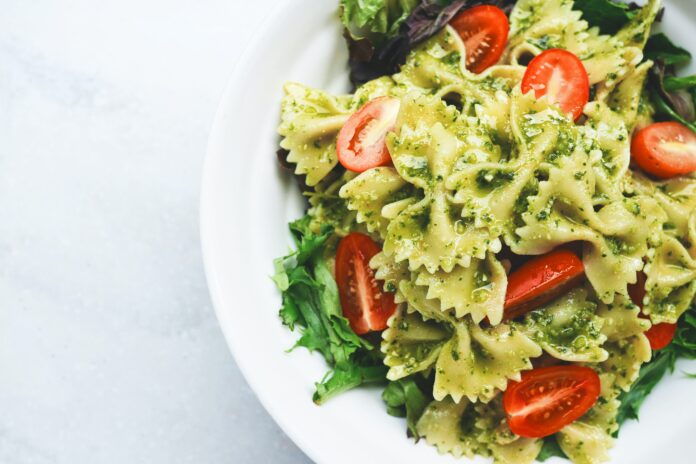Whether new to cooking or have been cooking for years, you’ll find nothing more satisfying than serving a tasty, healthy meal. Learn how to prepare Healthy Seasonal Recipes to ensure your family and friends get the fresh fruits and vegetables they deserve.
Herbs and spices
Whether a new recipe or an old standby, incorporating herbs into your meals can add an extra punch to the flavor, there are two main types of herbs – fresh and dried. Both are used in cooking. Unlike fresh herbs, dried ones must ripen for extended periods. The best way to store them is to tuck them away in the crisper drawer of your refrigerator.
There are many herbs and spices to pick from, but your cooking technique will determine the ones you use to season. For instance, seek thyme or rosemary in a somewhat spicy kind. Additionally, you can experiment with other pairings. For Mexican-inspired cuisine, for instance, add coriander, cumin, and chili powder.
Beets and Carrots
Using beets and carrots in a seasonal recipe is a great way to add flavor and nutrients to your meals. These two veggies are packed with vitamins A and B vitamins and fiber. They can be an excellent source of antioxidants essential for fighting degenerative diseases.
These two vegetables are easy to prepare and a great way to add flavor to your meals. Roasting them adds a beautiful color and a light sweetness to the vegetables. They are also high in fiber and contain antioxidants.
A healthy seasonal recipe with beets and carrots is simple. These two vegetables can be roasted in the oven for a delicious side dish. They are also great for freezing for a few weeks.
To prepare these two vegetables, you first need to cut them into wedges. Next, you will need to coat them with olive oil. After that, you will need to season them with salt and pepper. You will then roast them for about an hour. Once they are ready, you can remove the skin. You can also wrap them in foil to retain the moisture.
Ginger
Adding ginger to your recipes is a great way to add fresh flavor. The benefits of ginger are many and include its antioxidant and anti-inflammatory properties. Its medicinal uses also extend to its ability to relieve nausea, colds, and headaches.
Ginger can be prepared in a variety of ways. For instance, it can be minced or grated. You can also add fresh ginger to a marinade.
Ginger is a common ingredient in Asian cuisines. The spicy-sweet flavor of ginger can add layers of flavor to your dishes. It can be added to stir-fries, marinades, and sauces. It also makes an excellent accompaniment to salads and Asian-style meals.
You can buy fresh ginger in the produce section of supermarkets. To ensure you get the freshest ginger possible, wrap it in a paper towel before you store it.
Curry Powder
Using curry powder in a healthy seasonal recipe is an easy way to boost the flavor of vegetables and proteins. It’s a simple blend of spices, including coriander, cumin, ginger, garlic, cardamom, clove, pepper, and fenugreek. It adds a peppy yet earthy kick to dishes. Hot and mild versions are available, depending on the chili used in the recipe.
Whether you’re looking for a quick, protein-rich meal or something more hearty and savory, curry powder can be used in many recipes. For vegetarians, curry powder adds a flavorful boost to vegetables like cauliflower. It’s also gluten-free and dairy-free, making it a tasty option for those with dietary restrictions.
The recipe starts with stir-frying vegetables in a curry paste sauce. Once the veggies are tender, add chicken, cilantro, and rice. If you prefer a vegetarian curry, you can substitute chickpeas for the chicken and use coconut milk for the sauce.










